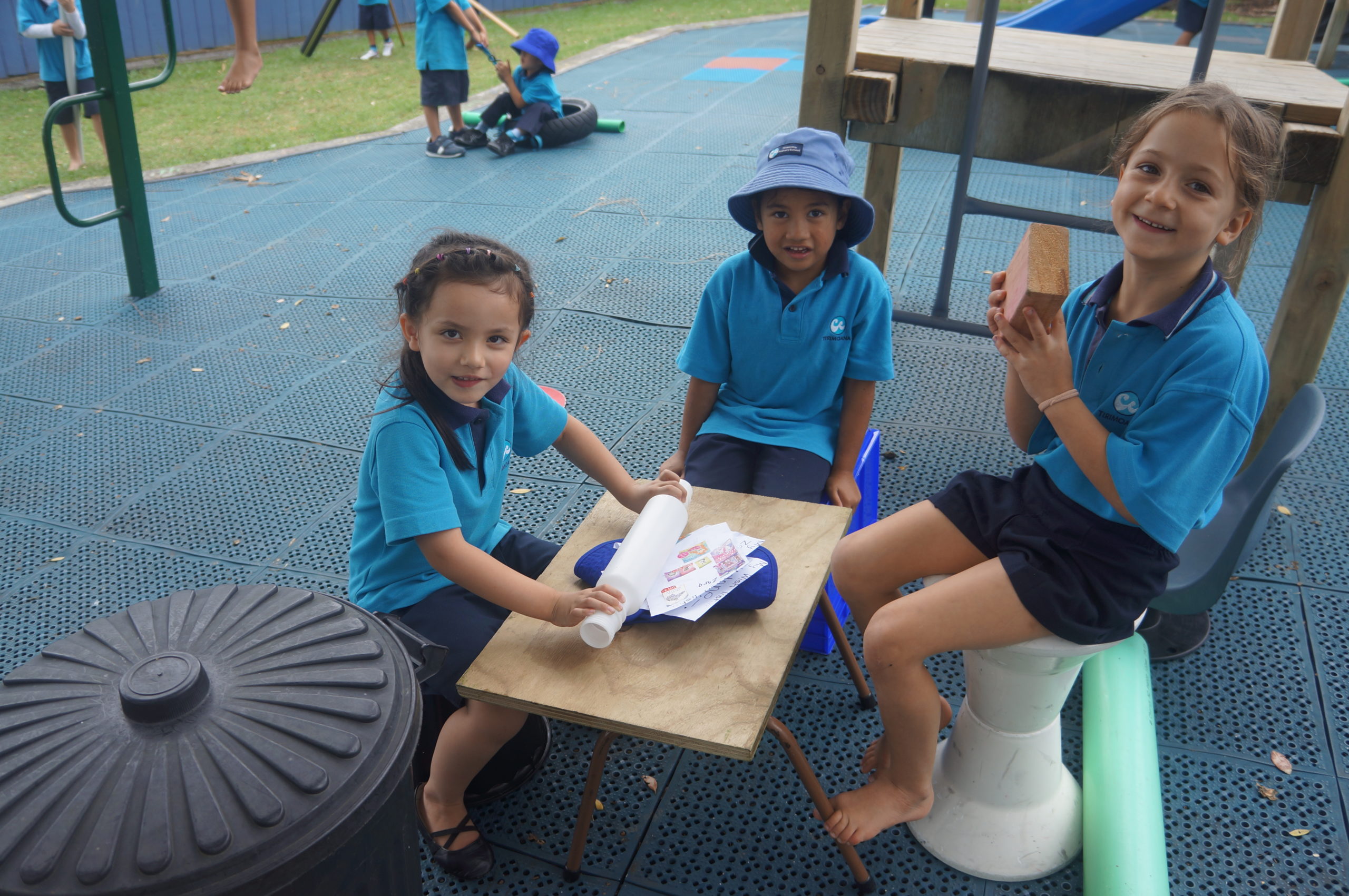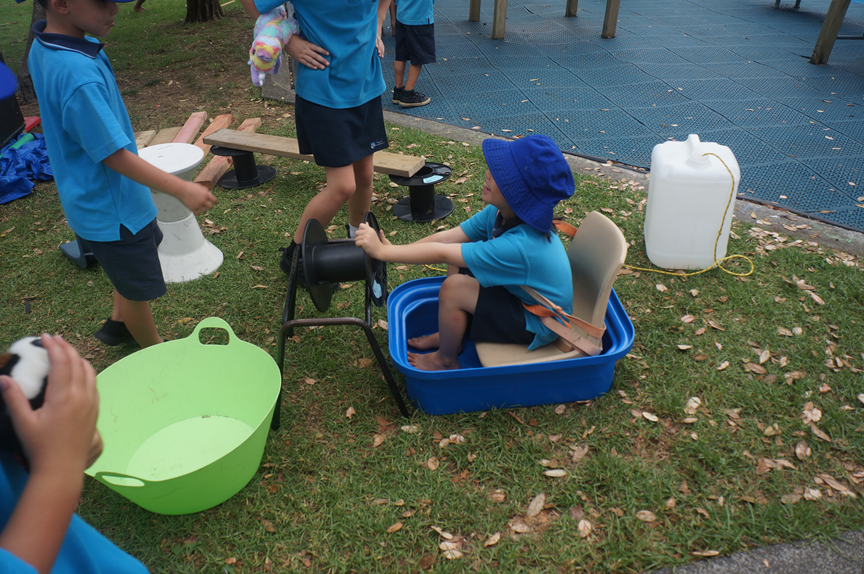Why have junk in the playground?
Growing up in the 70’s we seemed to have endless resources to play with whether it was in natural settings with tree branches, rocks and stones, water, mud and sand or treasures from the piles of inorganic rubbish which use to be piled up on the side of the road for weeks before being collected, or piles of wood and old bricks from building sites. We would build huts, forts and bicycle ramps and in most cases there wasn’t an adult in sight.
It was just part of what we called play, but now it has been given the label ‘loose parts play’ or I prefer ‘junk play’. The theory of ‘loose parts’ is not a new concept, having been first proposed by architect Simon Nicholson in the 1970’s. Due to the fact that a bunch of random stuff can be used in any number of ways, only bounded by ones imagination, they give infinitely more opportunity for creativity than fixed materials, environments or play equipment.
So, what is the importance of loose parts play today?
It has been recognised that the opportunities for kids to have unstructured, freely chosen, self-directed and creative play has slowly declined over the decades. It has been replaced by structured, rule bound and adult controlled play. So, in a busy modern world isn’t it good that kids are kept busy doing sport, music lessons or going to organised adult led physical activity? Yes, if it gets them away from hours on end of sitting in front of a screen.
But, Dr Peter Gray links the decline in play to the increase in children’s mental health issues stating, “one thing we know about anxiety and depression is that they correlate significantly with peoples sense of control or lack of control over their own lives.” So structured activity, with being told what to do all the time, can also be unhealthy.
Over the last several years I have been working with primary schools supporting them in developing rich play environments and opportunities. All the schools identified they wanted to develop large loose parts play, which I will call junk play, as an option for their students at play times. Over a 6 month period in 2019, we trialled junk play in 10 schools in West Auckland. The trials were to see how their students would take to junk play, address any concerns from staff, and to see what issues needed to be planned for to introduce junk play as an on-going play option


Most schools trialled it for play times in their junior school (years 0-2). We encouraged them to trial it with students in years 3 – 6, with many rostering these sessions during class times. We advised the schools to instruct the teachers to let their students do their own thing and observe what happens, which was a difficult concept for some. Here is some of what was learnt from the trials:
Socialisation
The feedback from teachers was that they were pleased or surprised at the following social outcomes;
- The range of students playing from all year levels at the same time.
- Students that don’t normally play together playing together with the junk.
- Students who normally end up having disputes over play in very short time were playing peacefully for the whole play time.
- Students with special needs or behavioural issues playing with junk were of concern to some teachers. There were no issues with these students at all of the schools, they played with others or were occupied on their own throughout the time they played.
- Students co-operating or solving their own issues around the loose parts.
Creativity
The staff observed;
- The students using their imagination, creativity and ingenuity with communication amongst students used to describe and instruct around building an object and creating a story or scenario around that object.
- Problem-solving. Sharing, combining and adapting ideas. Experimenting.
- One teacher being surprised by “The ability to make something out of nothing.”
- It was observed in one school that in a mixed year 3 & 4 class that the year 4s didn’t know what to do with the junk compared to the year 3s. This is assumed that this is as a result of not having had this type of play since Year 2
What the students say
Most of the student feedback we got was from during or shortly after playing with the ‘stuff’.
- The overwhelming feedback from students was that they liked playing with everything, there just needed to be more of it.
- When asked what stuff they liked playing with, two year 3 girls said, “All of it, because you do not have to play with the same thing over and over again.”
- Students liked playing with the junk anywhere they normally played around the school grounds. The junk play enhanced their play environments.
So, in summary we had an overwhelming number of schools see the benefits of junk play outweigh any concerns raised prior or issues identified around providing ongoing junk play.
By Greg Gurau

